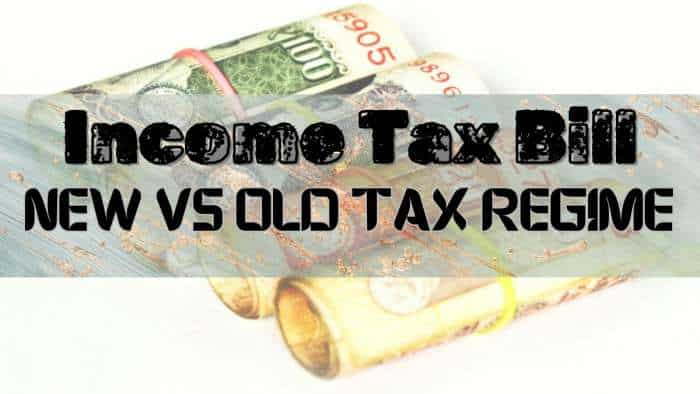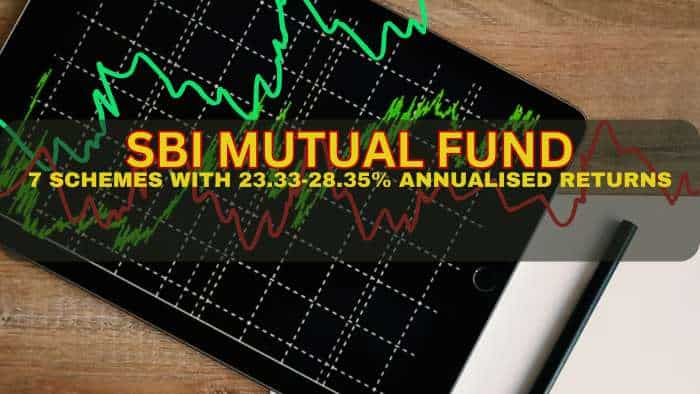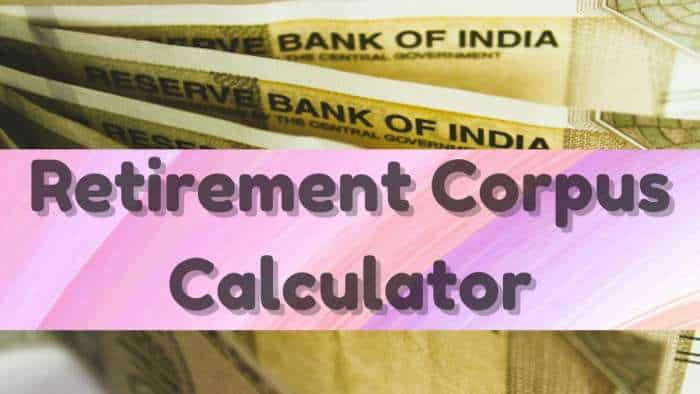Income Tax Return Filing: How to e-file your ITR without a Form-16?
Form 26AS is a consolidated tax statement which can be accessed from the Income Tax department's e-filing website.
)
Filing tax returns without Form-16 is a common scenario for freelancers, self-employed professionals, or in certain cases where an employer has not provided the Form-16 to employees or staff members. Form-16 is basically a certificate issued by an employer validating the fact that TDS has been deducted and deposited with the authorities on behalf of the employee. Here are the steps to file your tax returns without Form-16 —
Collect relevant documents: Firstly, the tax payee must collect all the necessary documents like bank statements, payslips, rent receipts, home loan statements and investment receipts which will help compute their income and deductions.
Form 26AS: They must check their Form 26AS to understand how much tax has been deducted at source. Form 26AS is a consolidated tax statement which can be accessed from the Income Tax department's e-filing website. It reflects details of all the tax deducted on the employee's behalf by deductors (including employers).
Calculate total income: In order to compute their total income, they must add their salary, house or property rent, capital gains, and other sources. If salaried, individuals can use their payslips to calculate their salary income.
Deductions: One can claim deductions under sections like 80C, 80D, 80E, etc. However, they must be ready with proofs like ELSS investment receipt, insurance premium receipt, PPF investments, tuition fees paid, etc.
Compute total tax payable: Individuals can calculate the tax due on their total income using the tax slabs applicable for the financial year in question. From the tax payable, one has to deduct the tax already paid (which is reflected in the TDS column in Form 26AS) to calculate the balance tax they are liable to pay or the refund due.
Create account on e-filing portal: If an individual has not registered on the Income Tax Department’s e-filing portal, then they will have to create an account with the necessary credentials and details and then sign-in.
Choose the right ITR form: It is of utmost importance to choose the correct Income Tax Return (ITR) form while filing taxes. For example, if an individual's only source of income is salary and interest from bank accounts, then they must use ITR-1 form to file their income tax return. Freelancers or self-employed professionals have to file their income tax return using ITR-3 or ITR-4 form.
Fill in the details: The tax payee has to log in to the e-filing portal and go to e-file, followed by navigating to the Income Tax Return tab. They then have to select the Assessment Year and the ITR Form number. They must then fill in all the details required including income, deductions, and bank details.
E-verify returns: Once the details have been submitted, the ITR form must be e-verified. This can be done through various methods like using an Aadhaar OTP, Bank EVC, or by sending a signed ITR-V to the CPC Bangalore through post.
Keep track: Once the Income Tax Return has been filed and e-verified, the income tax payee must keep track of the status of their returns through the income tax e-filing portal.
It is important to note that while an income tax payee can file their returns without Form-16, it is essential to report their income and claim deductions accurately.
It is also advisable that the income tax payee keeps copies of all the documents used in filing the returns for future reference. And in case of any confusion regarding the tax filing filing process, it is advisable to take the help of a tax consultant or a chartered accountant to file ITR.
Get Latest Business News, Stock Market Updates and Videos; Check your tax outgo through Income Tax Calculator and save money through our Personal Finance coverage. Check Business Breaking News Live on Zee Business Twitter and Facebook. Subscribe on YouTube.
RECOMMENDED STORIES

Fixed Deposit Rates for 1 Lakh Investment: Compare SBI, PNB, HDFC, ICICI, and Post Office 3-year FD returns

Income Tax Calculations: What will be your tax liability if your salary is Rs 8 lakh, Rs 14 lakh, Rs 20 lakh, and Rs 26 lakh?

Top 7 SBI Mutual Fund MFs by One-time Investment Return: Rs 1 lakh has grown to Rs 2.85 lakh-3.48 lakh in 5 years; see list, compare SIP returns

Monthly Pension Calculations: Is your basic pension Rs 25,000, Rs 35,000, or Rs 50,000? Know what can be your total pension as per latest DR rates

Power of Compounding: How long it will take to build Rs 8 crore corpus with Rs 7,000, Rs 11,000 and Rs 16,000 monthly investments
06:38 PM IST










 ITR Filing Last Date: 5 consequences you may face for missing income tax return filing deadline
ITR Filing Last Date: 5 consequences you may face for missing income tax return filing deadline About 6 crore ITRs filed for FY24, 70% under new tax regime: Revenue Secretary Sanjay Malhotra
About 6 crore ITRs filed for FY24, 70% under new tax regime: Revenue Secretary Sanjay Malhotra Old vs New Tax Regime: Salary above Rs 8 lakh and beyond? This regime will do wonders for you
Old vs New Tax Regime: Salary above Rs 8 lakh and beyond? This regime will do wonders for you EXCLUSIVE - Income Tax Return Filing: I-T Dept prepares 9 point action plan for refund, scrutiny, penalty, clamping down on TDS evasion, sharing info with CBI, ED — Check details
EXCLUSIVE - Income Tax Return Filing: I-T Dept prepares 9 point action plan for refund, scrutiny, penalty, clamping down on TDS evasion, sharing info with CBI, ED — Check details Income Tax Return filing: Know who should opt for new tax regime
Income Tax Return filing: Know who should opt for new tax regime